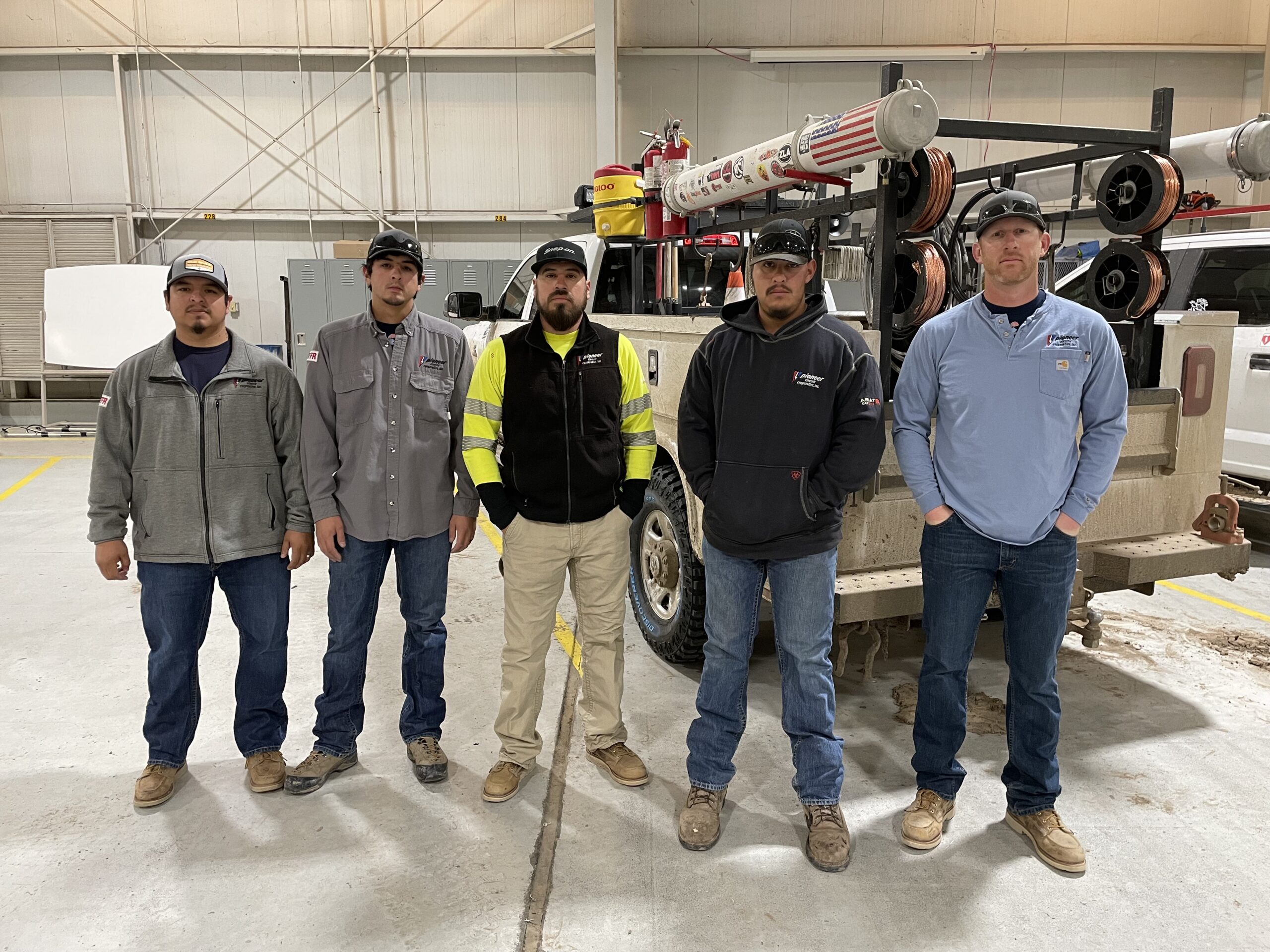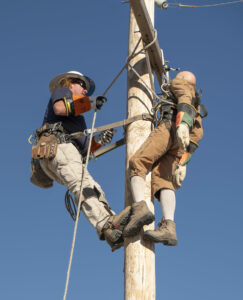
“When we’re on a mutual aid call, we all have the same goal — get homes back on.”
Each day, Pioneer Electric’s employees set out to provide world-class service, ensure our system’s reliability and power our members through various community-based programs. However, did you know a cooperative’s community extends beyond the borders of its service territory?
When impacted by catastrophic events that leave their members without power, cooperatives can request help or mutual aid assistance through statewide channels. When they are able, cooperatives provide voluntary crews and equipment to aid with restoration efforts. When a request is made, co-ops are quick to respond.
“It’s usually pretty short notice, and the crew doesn’t know how long they’ll be gone,” said Neal Mangels, Pioneer Electric operations supervisor.
Despite the unknowns, Mangels says there’s never a shortage of volunteers.
“You want to be able to return the favor for the times they’ve helped you,” said Crew Foreman Abel Diaz. “Plus you never know when we might need help here at home.”
Diaz and his crew recently returned from assisting Midwest Energy, Inc. The crew worked the days alongside others to restore power to Midwest’s members. The hours can be long, but Diaz says the time spent helping is worth it.
“When we’re on a mutual aid call, we all have the same goal — get homes back on,” said Diaz.
In 2020 and 2021, Pioneer Electric linemen responded to mutual aid calls from cooperatives in Kansas and Oklahoma. Pioneer Electric has also provided mutual aid to states as far away as Mississippi, after Hurricane Katrina. After a major storm with significant damage, help can come from crews near and far.
The heart of a volunteer beats with a desire to serve. Our crews are ready to dive in, get to work, and bring the power back, whether here at home or miles away. We strive to ensure our communities are energized for years to come, including communities that are not our own.

